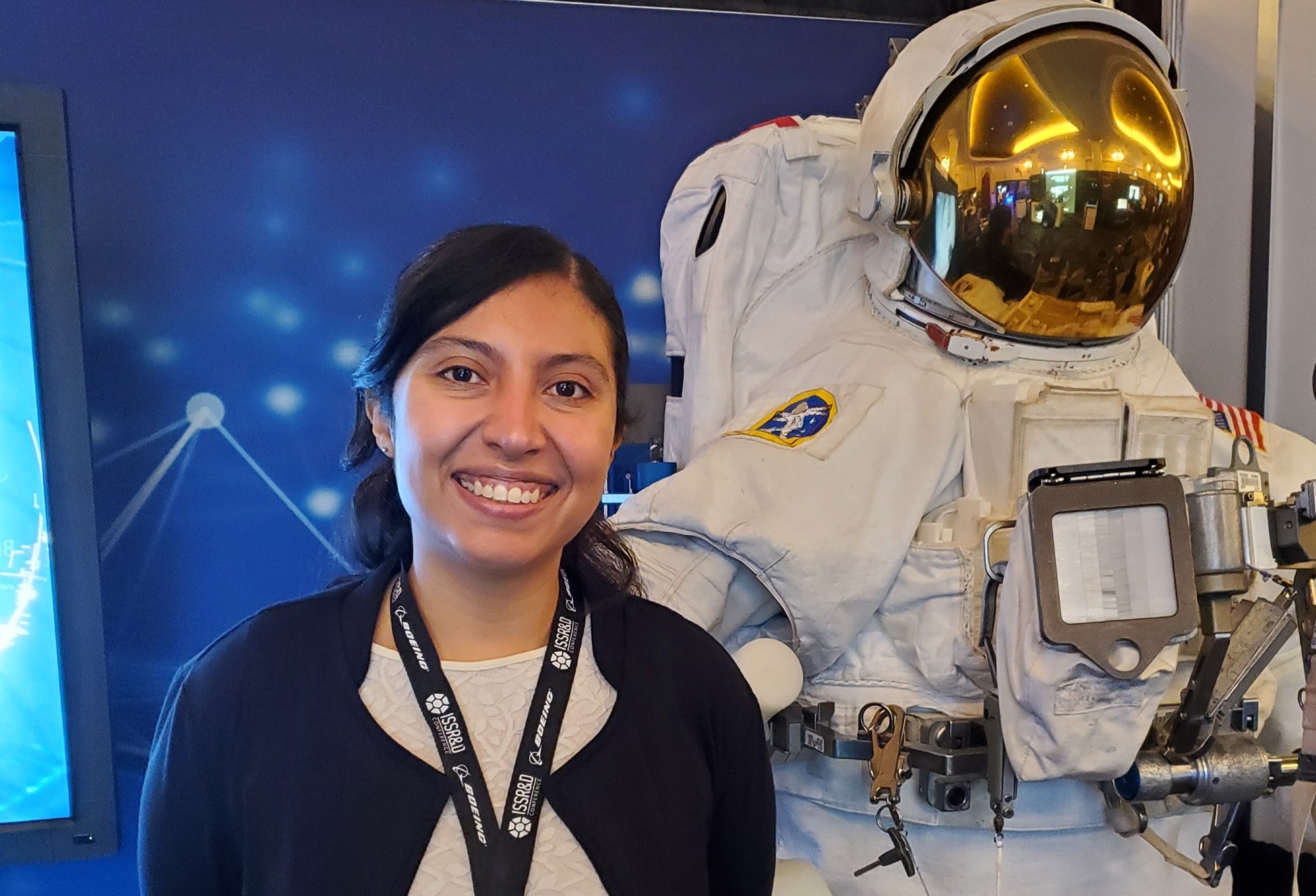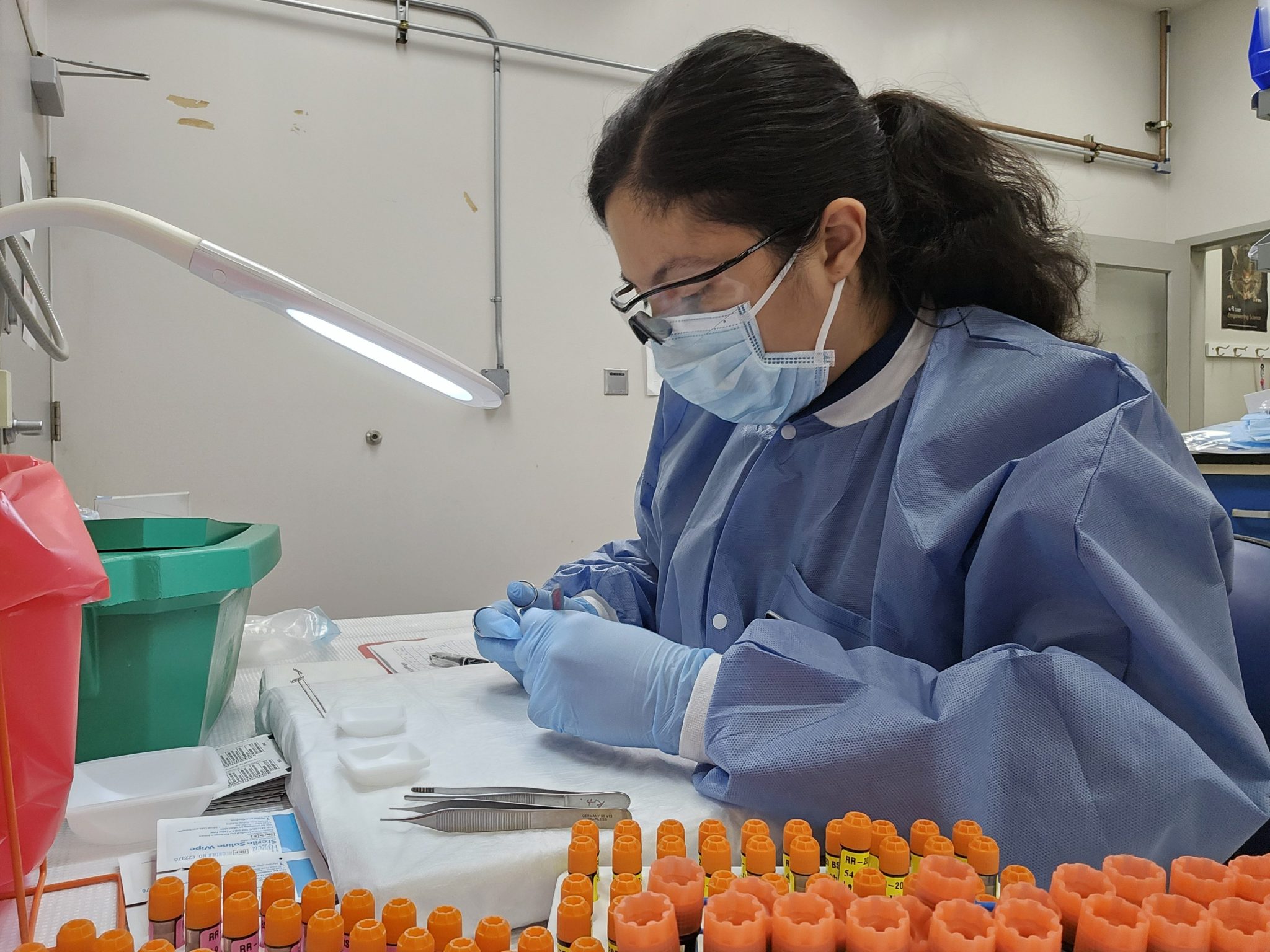4 min read

As humans return to the Moon and push on toward Mars, scientists are ramping up research into the effects of space on the body to make sure astronauts stay healthy on longer missions. This research often involves spaceflight studies of rodents, insects, and other models in orbiting laboratories such as the International Space Station. However, space-related biological samples are difficult to get, meaning that researchers who want to study space biology are frequently out of luck.
America Reyes Wang, a KBR employee and the lead of the Space Biology Biospecimen Sharing Program at NASA's Ames Research Center in California's Silicon Valley, oversees the team that has changed that. Birthed from an initiative first pioneered in the 1960s, the Biospecimen Sharing Program collects samples and data from NASA non-human space biology studies and makes them available in the public, open NASA Open Science Data Repository (OSDR).
To derive the most benefit from the precious few biology studies taking place in space, Reyes Wang arranges collaborations on space biology dissections with NASA-funded researchers so that her team can collect and preserve unutilized biospecimens for others to use. Outside researchers can request the samples to study in person by writing and submitting proposals. Once analyzed, researchers share their data back with the NASA OSDR for other investigators to access and study.
The ethos of open science is central to Reyes Wang's approach to her work. "The samples that we work with are so precious," she said. "To me, it's a no-brainer - why not share what we can share?"

Reyes Wang aspired to work in the scientific or medical field from a young age, driven by her desire to help people. Her father, who was born in El Salvador and dreamed of being an astronaut after watching the 1969 Moon landing, inspired Reyes Wang to fall in love with space. She also credited her Salvadoran and Mexican family with teaching her the value of understanding different experiences.
"To me, being Hispanic, especially as a Latina in STEM, means recognizing and building upon the hard work and sacrifices of those who came before me, as well as extending a helping hand to those around me for the betterment of us all," Reyes Wang said. "It also means enjoying and sharing our vibrant cultures."
As a student at Stanford University, Reyes Wang conducted neurobiology research with rodents, but assumed she would have to choose her love of biology over her love of space. The field of space biology allowed her to combine those interests. Having quietly dreamed of working for NASA for years, she was also thrilled to find that she could work on NASA missions as a space biologist.






